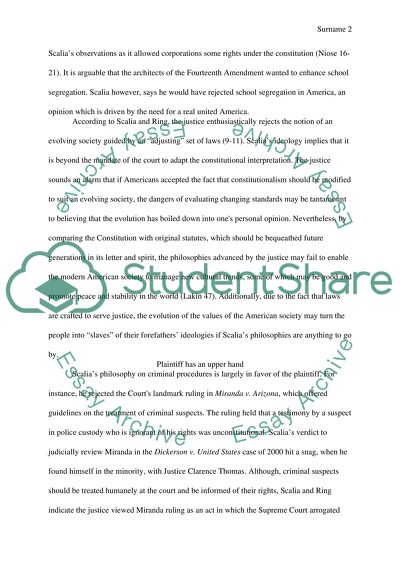Cite this document
(“Is Justice Scalia Wise Enough in His Supreme Court Rulings Research Paper”, n.d.)
Is Justice Scalia Wise Enough in His Supreme Court Rulings Research Paper. Retrieved from https://studentshare.org/law/1454844-analytical-justice-scalia-discrimination-criminal
Is Justice Scalia Wise Enough in His Supreme Court Rulings Research Paper. Retrieved from https://studentshare.org/law/1454844-analytical-justice-scalia-discrimination-criminal
(Is Justice Scalia Wise Enough in His Supreme Court Rulings Research Paper)
Is Justice Scalia Wise Enough in His Supreme Court Rulings Research Paper. https://studentshare.org/law/1454844-analytical-justice-scalia-discrimination-criminal.
Is Justice Scalia Wise Enough in His Supreme Court Rulings Research Paper. https://studentshare.org/law/1454844-analytical-justice-scalia-discrimination-criminal.
“Is Justice Scalia Wise Enough in His Supreme Court Rulings Research Paper”, n.d. https://studentshare.org/law/1454844-analytical-justice-scalia-discrimination-criminal.


